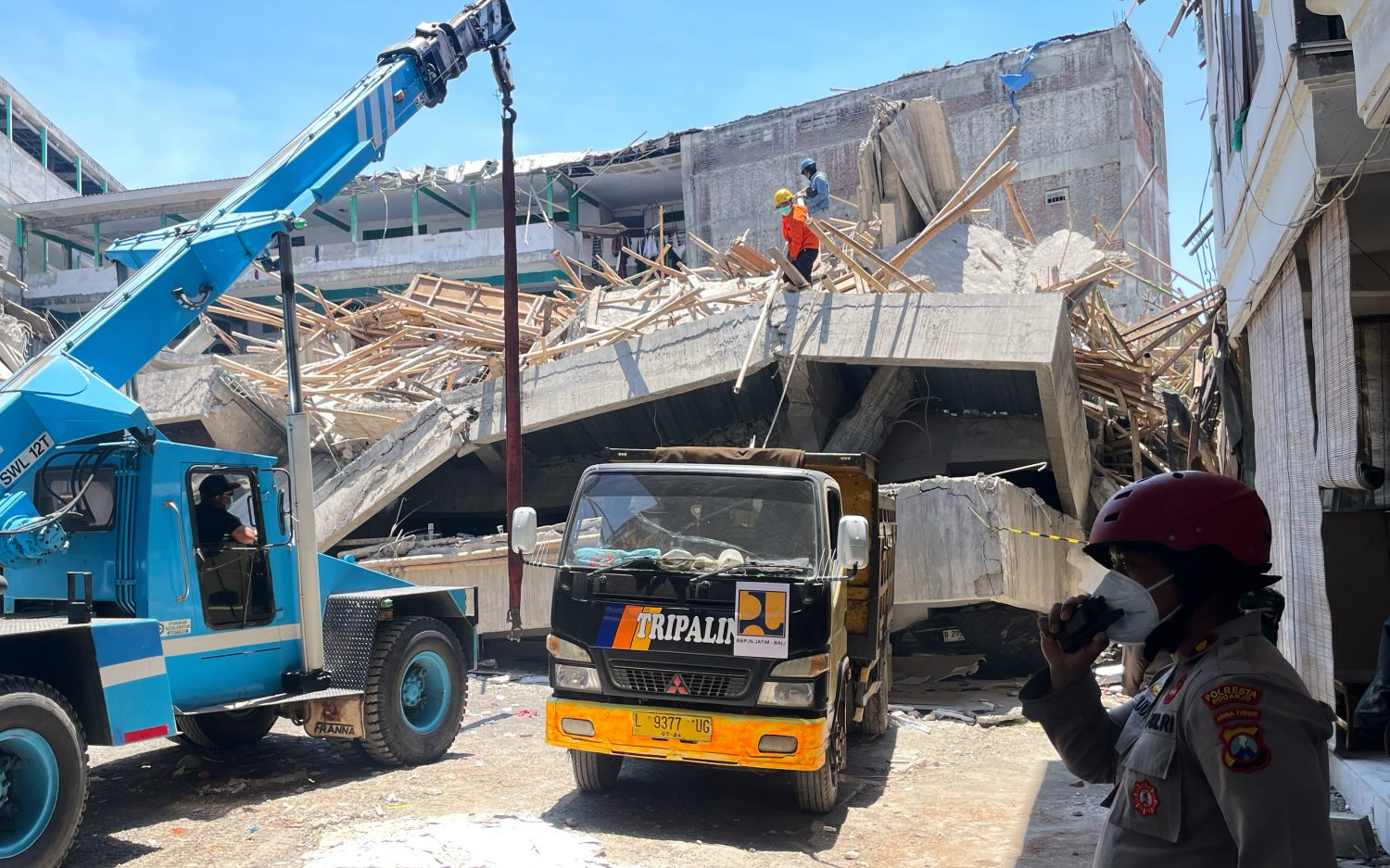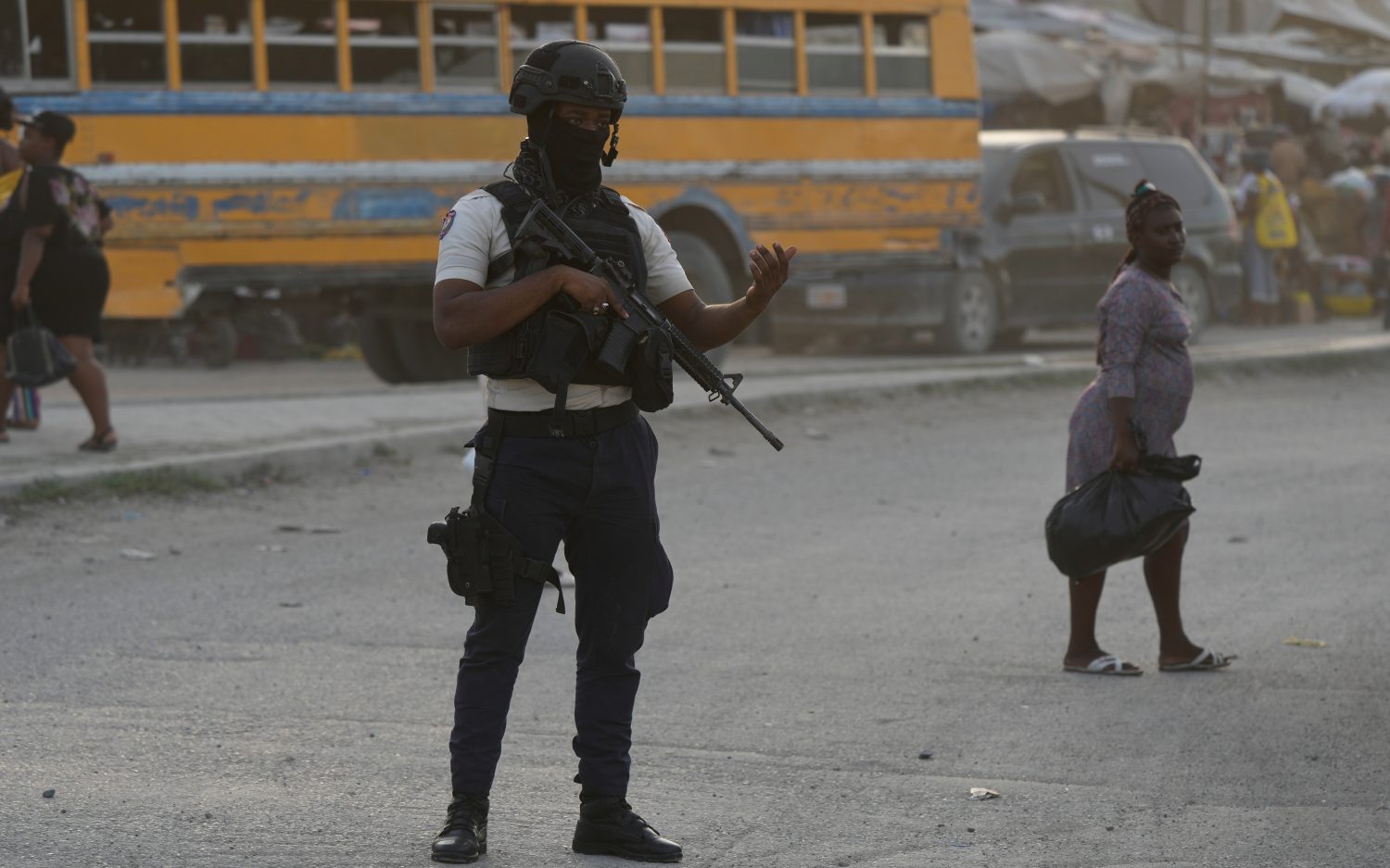Pilots lighten up with new technology
To boost safety and cut costs, airlines are starting to replace the traditional pilot flight bag, chock full of heavy manuals, charts, and checklists, with electronic tablets.
The new technology shaves 38 pounds from the pilot’s gear, and less weight to haul means less fuel burned. Delta estimates using tablets as electronic flight bags will save 1.2 million gallons of fuel—and $13 million—yearly, and decrease carbon emissions. Digital manuals also may save 7.5 million sheets of paper.
Still, some raise concerns that the digital device can’t replace the reliability of print manuals, especially in emergency situations.
Last year Air France (AF) bought iPads for its 4,000 pilots. Now maps, approach plates, and navigation aids are accessible without all the weight. In addition to the in-flight advantages and automated document updates, pilot reports and some training can now happen wirelessly, said Sébastien Veigneau, an AF pilot who flies the Boeing 777.
Among U.S. carriers, United, American, and Alaska Airlines also plan to use iPads to lighten pilots’ documentation luggage. American tested the tablets on U.S.-Asia flights in an FAA program in 2011. Even the U.S. Air Force opted for the iPad—18,000 of them—after a trial run at Little Rock Air Force Base. Its planes may lose some weight too, if the 90 pounds of paper documentation normally stored onboard is approved for electronic format.
Delta announced this week it will equip its 11,000 pilots with Microsoft’s Surface 2 tablets, which can run two applications side-by-side and allows easy partitioning for company and personal use.
The decision follows Delta’s purchase of Windows Phones for its nearly 20,000 flight attendants. The Nokia Lumia 820 smartphones run on the same operating system as Surface 2 tablets. Attendants can use them to access passenger manifest information. But the real value to the airline is in-flight transactions—selling “trip enhancements” such as seat upgrades.
Even private pilots are starting to use tablets to enhance cockpit safety. John Zimmerman, pilot and blogger, has used an iPad in the air for several years. He cites long battery life, portability between aircraft, the large screen, electronic current charts, and immediate updates as the reasons non-commercial pilots should use a tablet. But he stresses they do not replace the plane’s panel-display avionics, like GPS: “iPad doesn’t really do anything new, it just does it easier and cheaper.”
But questions remain. If the pilot can use his tablet during takeoff and landing, why can’t passengers? And what if the screen freezes? Or worse: What if hackers interfere with a plane’s air traffic squawk codes?
William Henderson, blogging for the The Telegraph, offers this take on the electronic flight bag trend: “No amount of [tablets] is going to be more reliable than a book, which works every time you open it. Books don’t need a reset button, and they definitely don’t need to be recharged.”
An actual newsletter worth subscribing to instead of just a collection of links. —Adam
Sign up to receive The Sift email newsletter each weekday morning for the latest headlines from WORLD’s breaking news team.




Please wait while we load the latest comments...
Comments
Please register, subscribe, or log in to comment on this article.